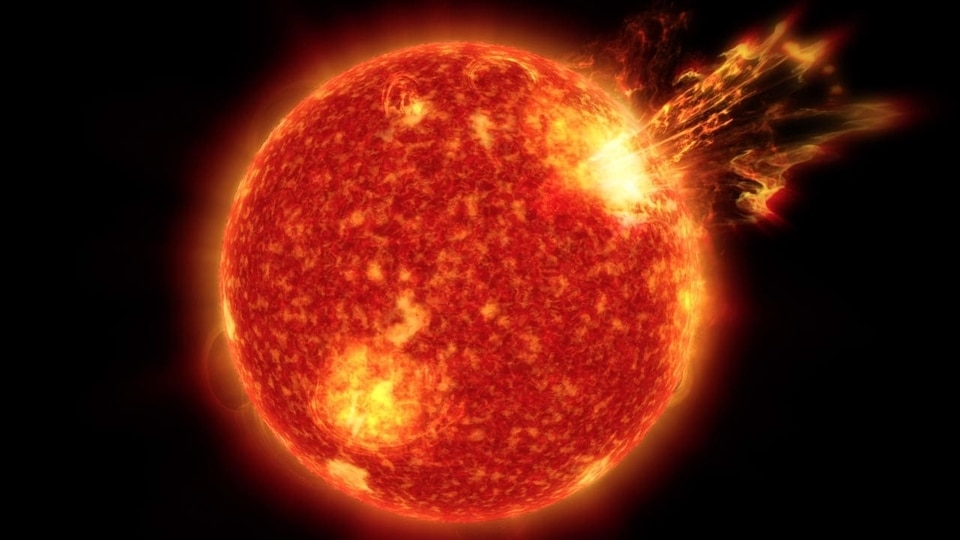The recent occurrence of a solar storm classified as M9.8 has raised significant concerns regarding the vulnerabilities of Earth’s technological infrastructure. Solar storms, particularly those classified as medium to strong, are known to release vast amounts of electromagnetic energy and charged particles from the sun's surface. When such storms interact with Earth's magnetic field, they can induce geomagnetic disturbances that threaten satellites in orbit and power grids on the ground. The implications of these disturbances extend beyond mere technical failures; they pose risks to communication systems, navigation technologies, and even national security mechanisms reliant on satellite networks.
The M9.8-class solar storm is notable for its intensity and potential impact. This classification indicates that the storm is capable of causing substantial fluctuations in the Earth's magnetosphere, which can lead to increased levels of radiation exposure at high altitudes and disrupt radio communications. Furthermore, satellites may experience degradation or complete failure due to heightened radiation levels and induced electrical currents that can overload their systems. As such events become more frequent due to increasing solar activity during periods of heightened solar cycles, understanding these phenomena is crucial for mitigating risks associated with technological dependency.
The geomagnetic storms are on Earth's path due to material and energy emitted from the Sun which threatens the satellites, power grids and space stations.
A solar flare is a powerful burst of energy radiation from the sun that travels at light speed and takes just eight minutes to reach Earth. According to NASA, they can cause radio blackouts, electric power grids, and navigation signals and pose risks to spacecraft and astronauts.
Two CMEs were already Earth-bound from M-class solar flares that erupted on Wednesday (Aug. 7) and scientists at National Oceanic and Atmospheric Administration (NOAA)'s Space Weather Prediction Center (SWPC) confirmed in their forecast discussion that another one originated from an X-class flare on Thursday (Aug. 8). These CMEs are timed up perfectly with the peak of the Perseid meteor shower on Aug. 11 and 12, meaning skywatchers could potentially catch not one stunning celestial spectacle this weekend, but two.
The effects of plasma and magnetic waves from the Sun’s surface are expected to reach Earth over the next three to four days.
As the sun reaches the peak of its activity, earth also faces risks related to storms as they cause radio blackouts, disabled satellites, and cellular phone and GPS networks.
Read more
AI Pin Device Failure, detailed analysis of the factors that led to its failure Boxer Lin Yu-ting WIN goldamid gender disputeSarah H
Also on site :
- Gemini converts Google Docs to podcasts
- Khloé Kardashian responds to Lamar Odom’s blow-up sex doll of her: ‘So demonic and unwell’
- Jonathan Ross opens up about why he decided to quit alcohol

